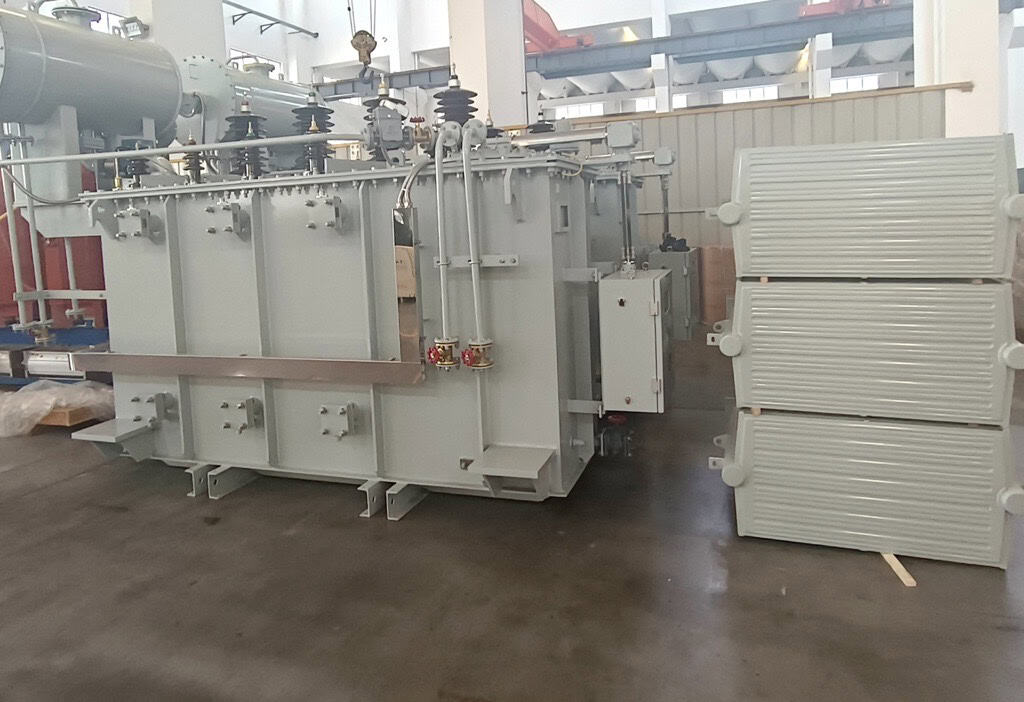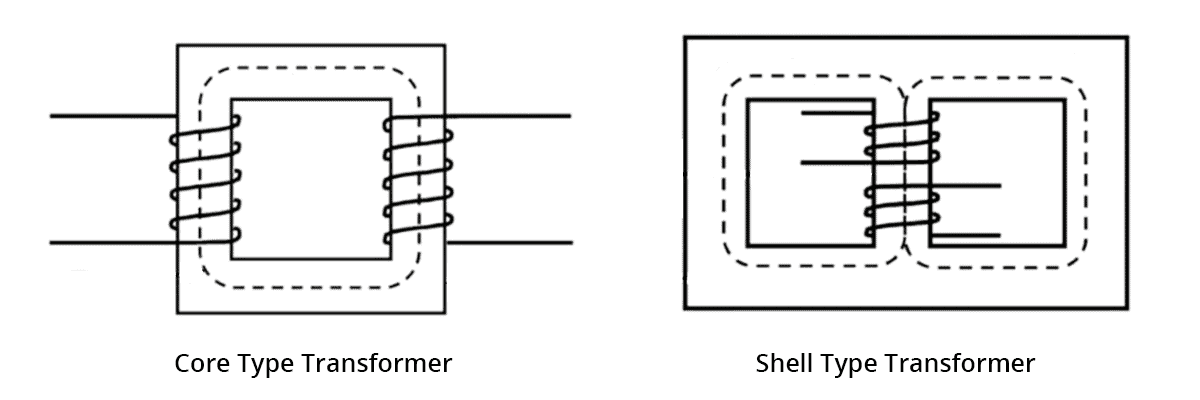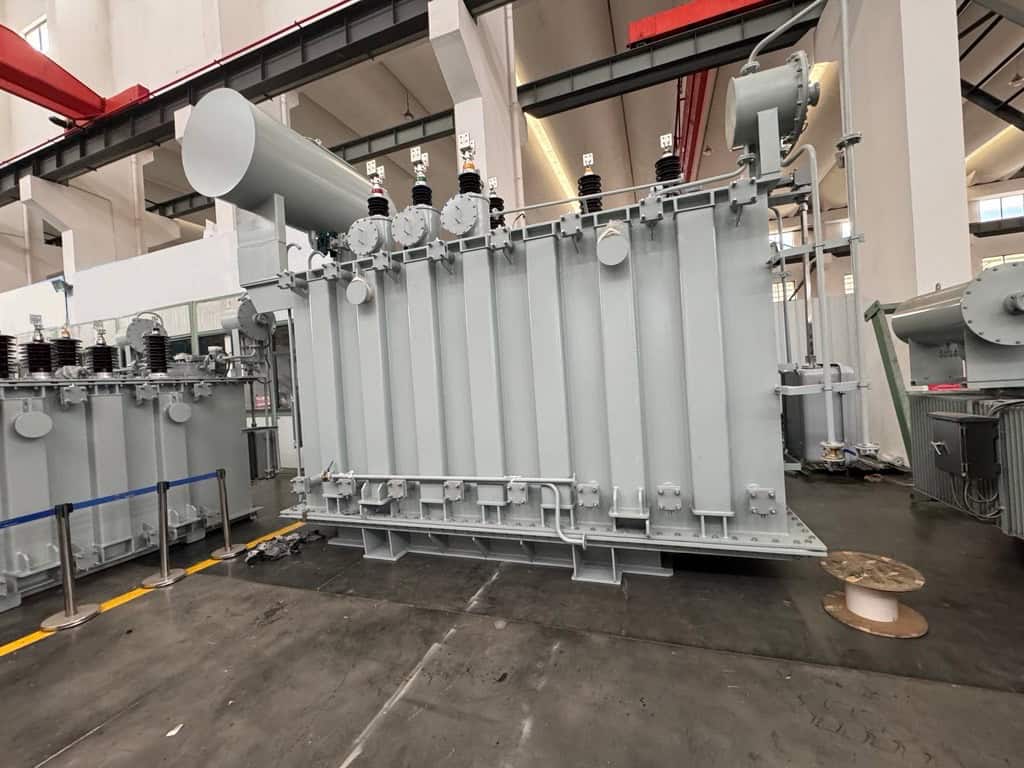Discover the essentials of substation transformer design and construction. Learn about key components and factors that ensure efficient and reliable operation.
July 29, 2024
Substation transformers play a crucial role in the transmission and distribution of electrical energy. Their design and construction involve several key principles and materials to ensure efficiency, reliability, and longevity. This article explores the fundamental aspects of substation transformer design, including core types, windings, insulation, and cooling systems.

An important aspect to consider in substation transformer design is how the core is formed around the windings. The core and coils can be configured with either a shell-type or core-type design, each with distinct characteristics and applications.
With a shell-type configuration, the core surrounds the windings. This design creates a closed pathway for magnetic flux to flow around the windings, resulting in several advantages:
In a core-type design, the windings surround the core steel. This configuration has distinct characteristics:

The windings in a substation transformer are responsible for transferring electrical energy between circuits through electromagnetic induction. The primary winding is connected to the input voltage source, while the secondary winding delivers the transformed voltage to the load. Types of windings include:
Insulation in transformers is critical to prevent electrical short circuits and ensure safe operation. The insulation materials must withstand high temperatures and electrical stresses. Common insulation materials include:

Efficient cooling is essential for maintaining the performance and lifespan of substation transformers. Various cooling methods are employed depending on the transformer’s size and application:

In addition to the core components and systems, several other design principles are essential in substation transformer construction:
The design and construction of substation transformers involve meticulous attention to detail and the use of high-quality materials. By understanding the principles of core types, windings, insulation, and cooling systems, manufacturers can produce transformers that are efficient, reliable, and durable. These components work together to ensure the safe and effective transmission and distribution of electrical energy, meeting the demands of modern power systems.